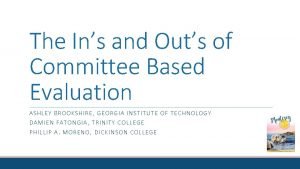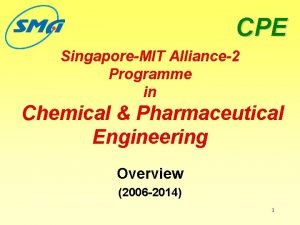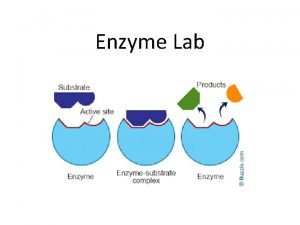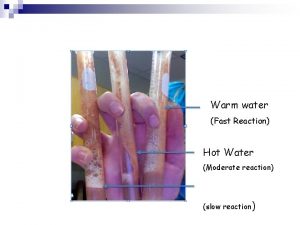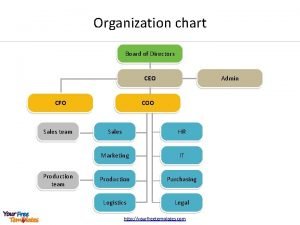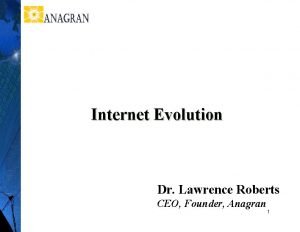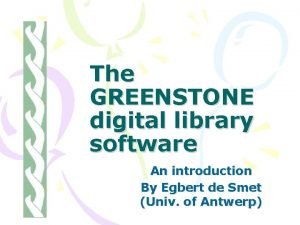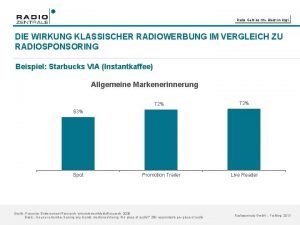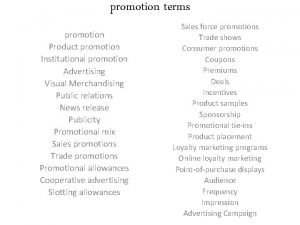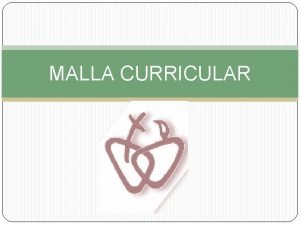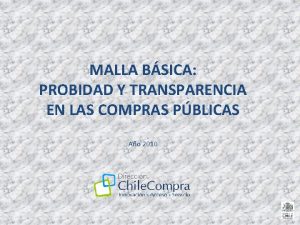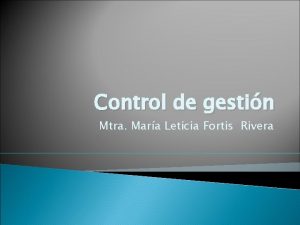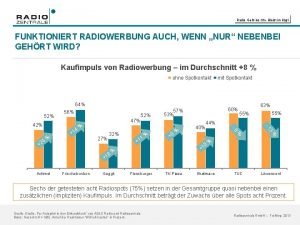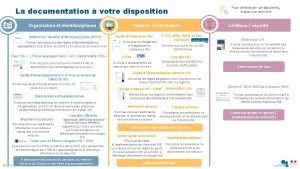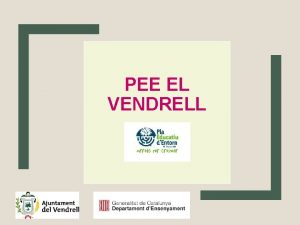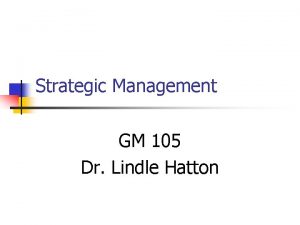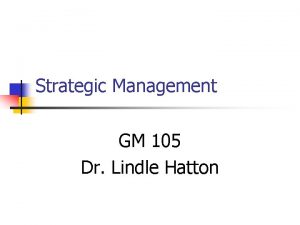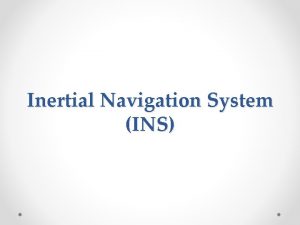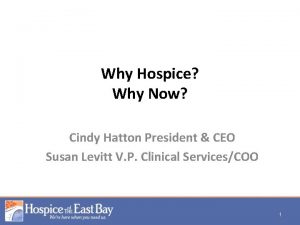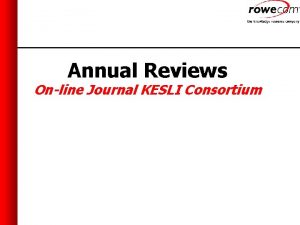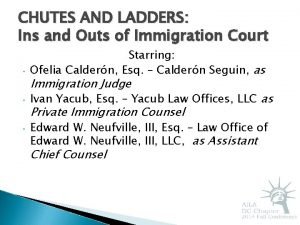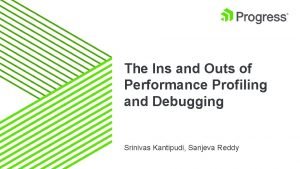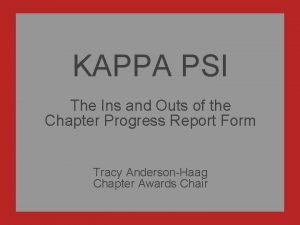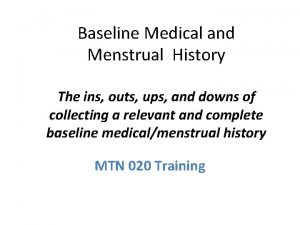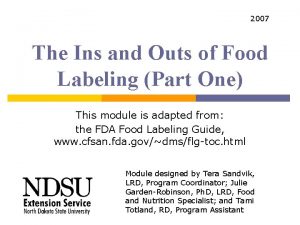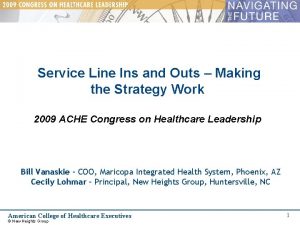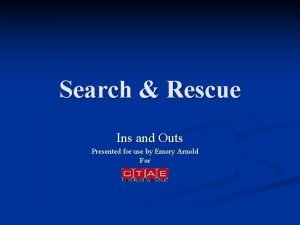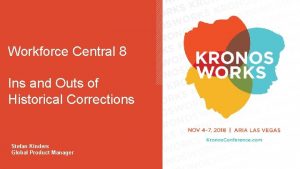Ins and Outs of Consortium Lindle Hatton CEO



























- Slides: 27

Ins and Outs of Consortium Lindle Hatton, CEO of NASPO and NASPO Value. Point Dana Harris, DOAS Travis Horsley, DOAS April 23 -25, 2019

About the Presenters Dana Harris is the Group Lead of the Agency Sourcing Team, supporting Georgia’s enterprise agencies, colleges and universities with compliance support and complex procurement guidance. She is a “seasoned” procurement professional (since 1999), and holds a MPA, CPPO and is working to obtain Project Management Institute certification as a PMP. Travis Horsley supports multiple units of the Georgia Department of Administrative Services for their data and process flow needs. He is graduate of the Georgia Institute of Technology Georgian by birth. He enjoys the nexus of technology and humanities, striving for a customer-centric focus of government services. Dr. Lindle Hatton, oversees Executive leadership of strategies and initiatives at NASPO, including oversight of the CLO's professional development program management, oversight of the CAO and DO's administration and operational management. He is the primary spokesperson to advance awareness of and support for NASPO and the public procurement profession. 2

An Overview Consortia Overview The use of a consortium or cooperative supply agreement, can be a great way to supplement the current portfolio of contracts. …. but what products/services should we seek through consortia and to whom? 3

Consortia/Cooperatives Purpose Organizations that form consortiums, provide the goods and services most likely to be needed by entities that cannot support large or complex purchases. or Organizations that do not have a sufficient amount of “spend” often take advantage of cooperative purchasing to obtain greater discounts than they can receive on their own. 4

Challenges with Consortias • What is the criteria for using consortia agreements? • What products/services are a good fit for the State? • Where can consortia cause problems? • What are the defined benefits for going this sourcing route? • Where does GSA fit into the equation? 5

Complexity with defining Consortia The definition and approaches applied in business, are different for within public sector groups and industries. (ex. State vs Federal, education versus corrections) 6

Examples of Consortia/Cooperatives for Government § U. S. Communities (OMNIA Partners) § NASPO § NCPA (National Cooperative Purchasing Alliance) § MMCAP § GSA (General Services Administration) § Source. Well § National IPA (now OMNIA Partners) 7

Lack of a State Policy Leader Most state policies are silent in their policy for executing consortia agreements. No examples of policy address “industry” consortiums that provide significantly reduce costs, obtained by combined purchasing volumes (i. e. healthcare/pharmaceuticals). 8

Good State Policy Excerpts Texas…extends its cooperative purchasing agreements for interstate and outer-state utilization. Florida……cites GSA Cooperative Agreements as a resource New Jersey Issues a NOTICE OF INTENT TO PARTICIPATE IN COOPERATIVE CONTRACT as a communication, versus a solicitation event. 3 day comment period. California… Users must document their research to validate “fit” in contract files. Arizona… extends contracts to all non-profit organizations, State governments, the US Federal Government and Tribal Nations 9

Data Sourcing Methodology Download spend baseline from previous FY (2018), including these parameters: NIGP Level 5 data, Business Unit, Total spend Remove NIGP codes that are not allowed to be sourced by OCGA or NIGP-exempt list Rationalize the NIGP Spend List by scoping NIGP spend only above $2 million USD/year Define Statewide as spend being present within a given NIGP category in at-least two entities Merge consortia lists from major US-based public consortias Analyze for matches between the offerings of the merged consortia portfolio and the NIGP list Remove consortias that do not fit the ‘form and function’ of a publicly bid contract Juxtapose compiled list against consortia listings to identify existing consortia opportunities Denote Existing Portfolio Offerings Do not implement a consortia where a current Statewide Contract exists unless more competitive pricing can be achieved

FY 18 SWC Portfolio Sample (Consortia Percentage) Total SWC Spend: $1, 109, 559, 603 Generic Drugs: $90, 626, 244 (8. 1%) ez. IQC: $59, 612, 753 (5. 4%) Georgia School Buses: $81, 088, 102 (7. 3%) NASPO Walk-In Solution: $81, 004 (<. 1%) Total Consortia Spend: $231, 689, 598 (20. 9%) Vehicle Lifts: $121, 992 (<. 1%)

Spend Area: Facilities Spend Area: Healthcare Technology and Services 12

Spend Area: HR Services Spend Area: IT and Telecom 13

Spend Area: MRO 14

Spend Area: Professional Services Spend Area: Sales and Marketing Spend Area: Transportation and Logistics 15

Lindle Hatton, Ph. D. Chief Executive Officer – NASPO and NASPO Value. Point

Benefits of Cooperatives Economies of Scale Economies of Process Economies of Information Lower Prices/Pooled Negotiating Power Reduce Process Time & Workload – Free to focus on other strategic concerns Higher Quality Lower Transaction Costs and Unit Cost Better Practices – Pooling knowledge Avoids Redundancy – Leverage expertise Lower Supply Risks

Why Choose a Cooperative Best Value Best Practices Lower Supply Risks Look past price Timely delivery and service Quality of products and services Terms and Conditions Best of the Breed Set Industry Standards and Expectations Established Supplier relationships Due Diligence to qualify Suppliers

Our Evolution March 30, 2015 January 1, 2013 1992

2017 Administrative Fee Comparison Coop A 3% Value. Point Up to 0. 25% Coop C 2% Coop B 1 – 2. 5%

2017 Contract Comparison Co o 8 p 86 Coop A 120 B Value. Point 358 Coop C 225 Coop D 284

Participating Addendum Process All 50 states and The District of Columbia have executed the Memorandum Of Agreement allowing them to be eligible to use any NASPO Value. Point cooperative Master Agreement.

Participating Addendum Process State signs a PA for the entire state ØEvery legally eligible entity in the state can participate State signs a PA for non-state entities ØEvery legally eligible non-state entity can participate Individual entity PA adopted with CPO Approval ØPolitical subdivisions wishing to participate may contact the Value. Point Education & Outreach Team who will contact the STATE CHIEF PROCUREMENT OFFICIAL asking for approval for that entity to sign their own Participating Addendum. Entities may be given approval on an individual basis or State CPO may give approval to all entities within the state to execute their own Participating Addendums.

Largest Contracts By Spend # of States Using Wireless Equipment and Services 51 Computer Equipment 48 Facilities MRO 45 Copiers 38 Small Package Delivery Services 36 Data Communications Equipment & Services 29 Infant Formula 27 Software VAR 22 Public Safety Radio Equipment 19 Tires & Tubes 15 Office Supplies 10 Contract Portfolio 24

NASPO Model

Procurement University Integrated Delivery Model C I EG T RA MS Degree Executiv e Leaders hip ST BA Degree L A C I T C Certifi TA CPPO Comm , CPPB cation , CPSM , CPM on Bod y Six Cor of Knowled ge e Dom ains MSU ASU ic Academ rs Partne UPPCC / ISM tion inistra m d A t emen cing Procur Sour s Proces n iation o Neg t dministratio ct A nt Contra Manageme nning Supply urement Pla c gic Pro Strate

State Purchasing
 Committee based evaluation
Committee based evaluation Paul hatton tennis
Paul hatton tennis Alan hatton singapore
Alan hatton singapore Pectoral
Pectoral Enzyme cut-outs activity answer key
Enzyme cut-outs activity answer key Enzyme cut-outs activity
Enzyme cut-outs activity Organizational chart coo
Organizational chart coo Owens and minor ceo fired
Owens and minor ceo fired Fairness and flawless ceo
Fairness and flawless ceo Global consortium on climate and health education
Global consortium on climate and health education Intraverbal fill-ins examples
Intraverbal fill-ins examples Doc plugins in gsdl wikipedia
Doc plugins in gsdl wikipedia Greensboro sit ins
Greensboro sit ins Radio geht ins ohr bleibt im kopf
Radio geht ins ohr bleibt im kopf Institutional ads examples
Institutional ads examples Gestin torre de malla
Gestin torre de malla Gestin torre de malla
Gestin torre de malla Komm ins bett
Komm ins bett Ins lo pla d'urgell tutoria
Ins lo pla d'urgell tutoria Gestin ins alba
Gestin ins alba Ins vs chada
Ins vs chada Types of promotion
Types of promotion Gestin dali
Gestin dali Radiowerbung geht ins ohr bleibt im kopf
Radiowerbung geht ins ohr bleibt im kopf Guide d'implémentation ins
Guide d'implémentation ins Gestin ins mediterrania
Gestin ins mediterrania Preservative ins 234
Preservative ins 234 Poeta maragall high school
Poeta maragall high school
